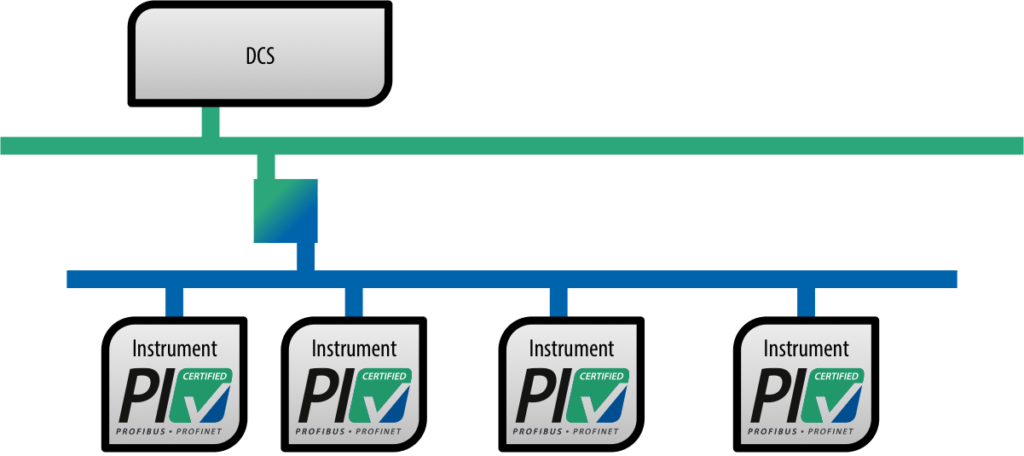What follows is an excerpt from the recently released White Paper entitled 6 Reasons to Give PROFIBUS PA Another Look.
Billions of people use their cellphones without ever thinking about the underlying communications technology. The phones are made by different manufacturers, operate on different networks and have different user interfaces, but people can communicate no matter what phone they are using. PROFIBUS users also do not need to understand the details of the communications process, but they must have the assurance that all of the devices in operation meet certain criteria such as reliability, determinism, and compatibility. Both PROFIBUS equipment manufacturers and PI (PROFIBUS & PROFINET International) ensure that this is the case. Test labs accredited by PI perform exhaustive verification of the device’s communication interface before issuing a test certificate. This procedure ensures that all of the devices speak the same language and understand each other, in other words that they conform to specification.
Standards and Profiles
PROFIBUS is standardized in IEC 61158, creating the framework for interoperability and compatibility. In addition, the PROFIBUS PA Profile facilitates smooth interaction between process devices on the bus. The current version V 3.02 contains many functions which make working with field devices even easier, for example device replacement. When a device is replaced, the spare device (which may well feature extended functionality) automatically assumes the role of the previous device, making device swap a simple operation which can be completed without interrupting system operation. Automatic adaptation also works with devices from different generations. The new device merely needs to support compatibility mode in compliance with Profile V 3.02.
Versatility
A large number of manufacturers supply PROFIBUS products to the automation technology market. The product database at profibus.com currently contains more than 3,000 entries, 450 of which are specifically designed for process automation. As a result of standardization and certification, all of the devices work together without problems. Users can simply choose the device which best suits their needs without dependence on any one manufacturer.

–Michael Bowne
